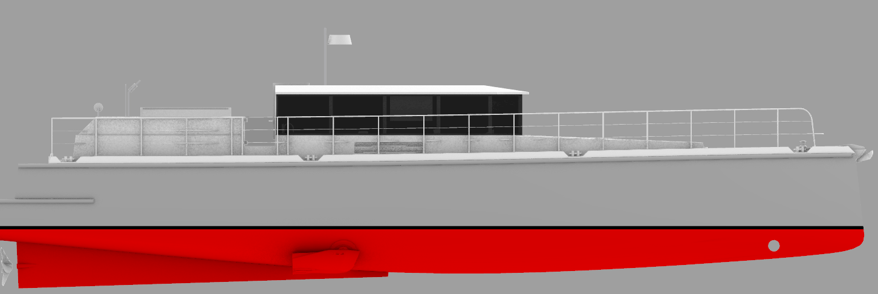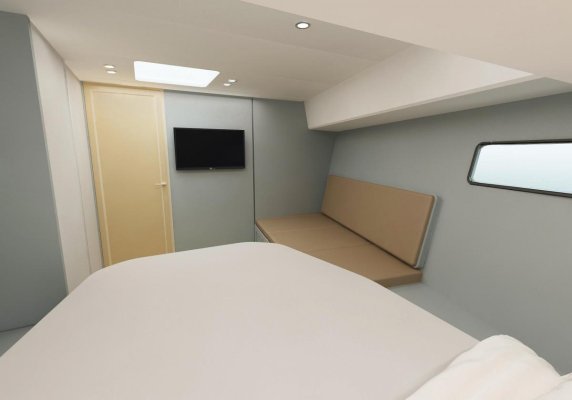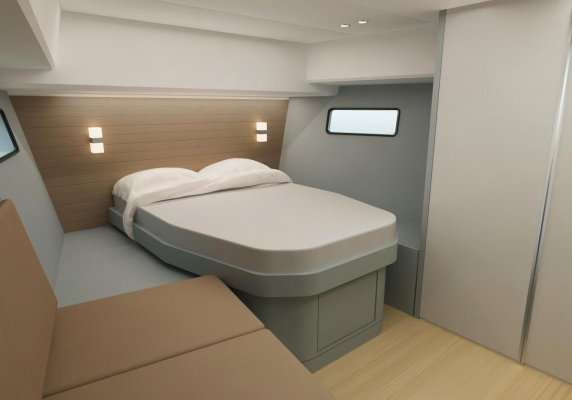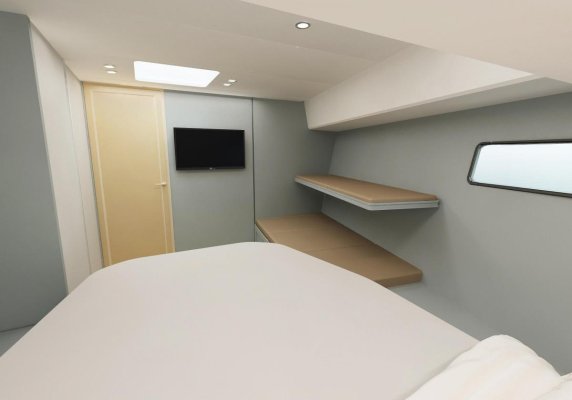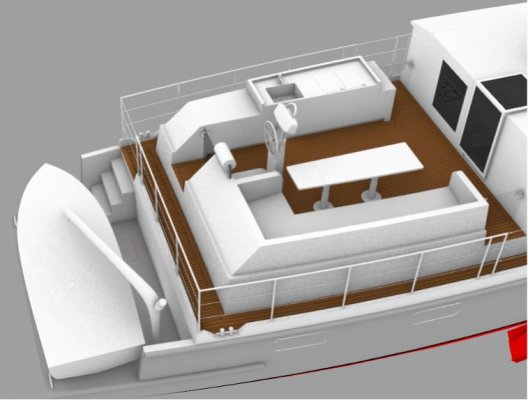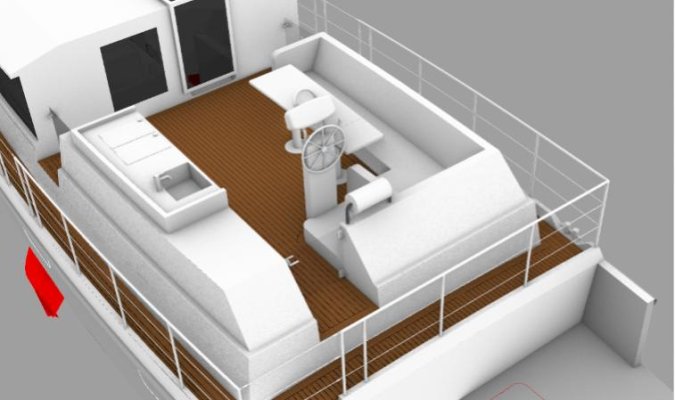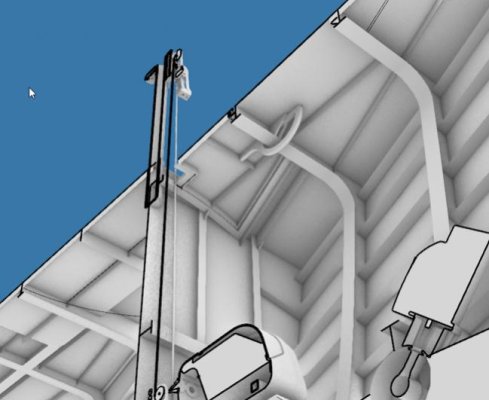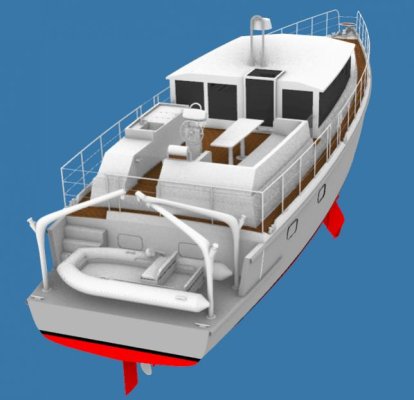It wouldn't work on most motor yachts, but please remember our extreme focus on designing an underwater-ship that is very efficient.
My own opinion here, and I mean this with all respect and deference to your own priorities and choices, but I think this is very much the wrong focus for 99% of boaters. I think it only makes sense if:
1) You are doing it primarily as a science experiment to explore efficiencies are various designs, or
2) You intend to be at sea on passage nearly all of the time.
Only you can speak to either of these goals, but I do know that the most intrepid cruisers I know, including those who have ventured around the world, spend well less than 5% of their time on passages.
As a result, power cruising boats have evolved to where they are today. In Bebe's pioneering days when he was trying to prove the viability of long distance power cruising, his boats looked like sail boats with the masts removed and larger engines and fuel tanks installed. With no need to watch sails all the time from an open, aft cockpit, those wet, cold, uncomfortable helm stations moved inside. But now the helm and house were sharing the same space creating a conflict over lighting during night operations. So the helm moved to a pilot house. And all that extra fuel stored down low, along with the engine and other machinery, had the fortuitous effect of moving the salon up to or above the water line, and everyone realized how nice it was to no longer be living in a cave. Then with the helm moved out of the cockpit, people realized that was a really nice space for fishing, or just hanging out to enjoy the outside when the weather is nice. It also makes for a convenient boarding area. Then people realized that when the weather is nice, it's great to operate from outside, so the fly bridge was born. And it sure is a nice view from up there, plus a great place to just hang out and enjoy the view. And along the way people realized that there isn't really that much difference in operating cost if you have a wider beam, but you sure can have a lot more living space and a more comfortable boat, so boats got wider.
If you look around, I think there are a lot of reasons why power cruising boats are set up the way they are, and why they out-number FPB-style boats probably a thousand to one.
And on folding props, don't be tempted. The noise and vibration from a folding prop is massive compared to a properly sized fixed pitch prop. They are a necessary compromise on a sail boat, but not on a power boat. Smooth and quiet is preferable, in my opinion.


